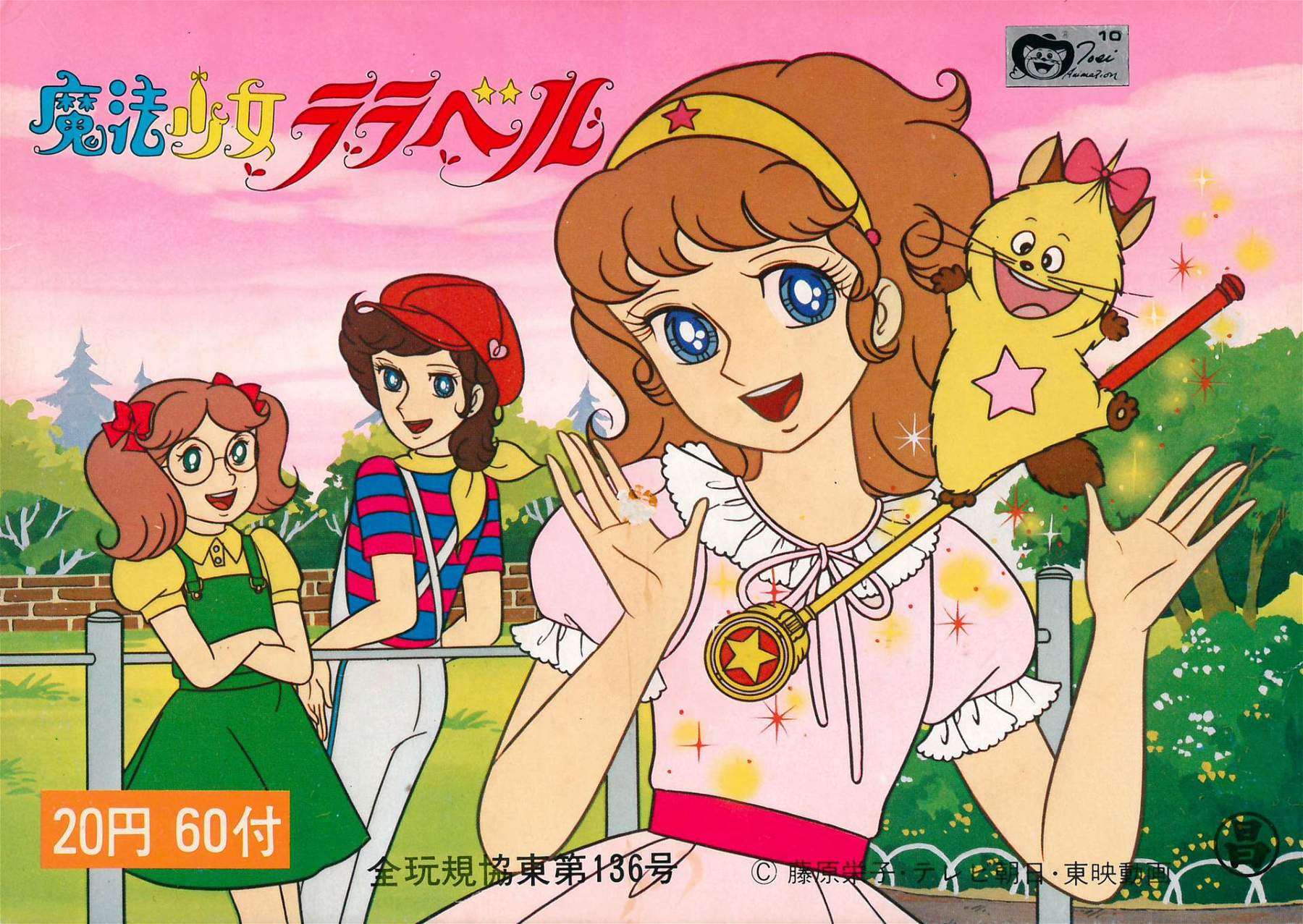From Sept. 12, 2020 to Jan. 10, 2021, the Figurine Museum in Modena is hosting the exhibition Anime Manga. Stories of Sorceresses, Footballers and Robots, an exhibition entirely dedicated to the relationship between manga, the famous Japanese comics, and anime, or cartoons largely based on manga. The exhibition, curated by Francesca Fontana and Enrico Valbonesi, is organized by the Modena Visual Arts Foundation and is made from materials preserved within the Figurine Museum Collection, donated in 1992 by Giuseppe Panini to the City of Modena and now managed by the Modena Visual Arts Foundation itself.
The exhibition focuses, as mentioned, on the link between manga and anime, emphasizing how in most cases Japanese cartoons are derived from editorial products, although there is no shortage of examples of the reverse process, with famous cartoons having inspired comic books. The exhibition tour illustrates the birth and typical modes of dissemination of these forms of entertainment, aims to present the language and graphic signs of these productions, and explains the main genres into which manga are divided, from children’s manga (so-called kodomo) to spokon (i.e., sports-themed manga ), via World Masterpiece Theater cartoons drawn from Western literary works. Some sections are devoted to the female shÅjo genre, which includes the celebrated sorceresses and sentimental stories, and to shÅnen, adventurous stories for male audiences, such as those featuring mythical robots like Mazinga and Danguard.
The exhibition finds an ideal home in the Museo della Figurina because it is precisely anime that have been the absolute protagonists of figurine publishing since the 1980s. Famous and much-loved titles such as Kiss me Licia, The Enchanting Creamy, Cat’s Eyes, Holly and Benji, have been companions of the afternoons of children and adolescents who in the figurine albums and cards have found the opportunity to play with their favorite characters, entertaining themselves according to different ways and times than on television.
There will also be room to highlight how Western television networks have often censored many Japanese cartoons, resulting in their distortion: this is because anime has often been harshly criticized by pedagogues, parents, and pundits. Today, however, in contrast, even in academia, studies have flourished that recognize anime ’s important place in international animated cinema, the merit of having reinvented genres such as science fiction, feuilleton, and sit-com, and of having been able to develop a new language within the constraints of a small budget.
Anime Manga. Stories of sorceresses, soccer players and robots thus aims to be a journey from the late 1970s to the present day, an exhibition capable of evoking childhood memories by taking the visitor inside that “anime boom” season that so deeply marked the collective imagination.
Open daily Wednesday through doemnica: Wednesdays, Thursdays and Fridays from 11 a.m. to 1 p.m. and 4 p.m. to 7 p.m., Saturdays, Sundays and holidays 11 a.m. to 7 p.m. Admission 6 euros, concessions 4 euros. Free for all on Wednesdays and the first Sunday of the month. Tickets can be purchased in advance on the Vivaticket Circuit.
Pictured: Lilaben (c. 1980; album for the collection of 80 figurines; Modena, Figurine Museum Collection - Modena Visual Arts Foundation)
 |
| From Holly and Benji to Mazinga, an exhibition on the links between manga and anime in Modena |
Warning: the translation into English of the original Italian article was created using automatic tools. We undertake to review all articles, but we do not guarantee the total absence of inaccuracies in the translation due to the program. You can find the original by clicking on the ITA button. If you find any mistake,please contact us.